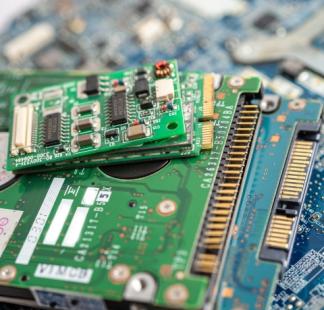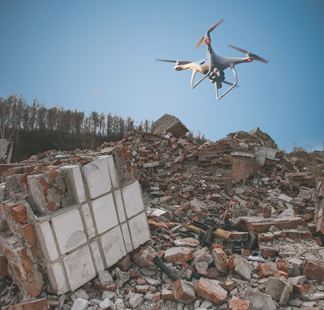- Daniel Nunes
- Rosimara Beatriz Arci Salgado
- Carlos Lugo
Introductory
- Bank transfer
- Paypal
Event Organizer(s)

Description
This online self-paced course provides a comprehensive overview of the 5G technology and its potential to bring social and economic growth to developing countries. Through ten videos covering topics such as enabling technologies, 5G applications, network architecture, core network, and access network, learners will gain knowledge and insights into how 5G can bridge the digital divide, improve healthcare, education, and agriculture, and enhance overall economic growth. Designed as an introductory course, this online self-paced program is suitable for individuals with varying levels of technical expertise. Its online format allows learners to study at their own pace, providing flexibility and convenience. Upon completion of the course, learners will have a good understanding of the 5G technology and its potential to drive social and economic development.
This course is designed for anyone interested in gaining an understanding of 5G technology and the services that can be implemented with it. It is suitable for professionals working in the telecommunications industry, government officials, policymakers, and individuals interested in the potential of 5G technology to drive innovation, entrepreneurship, and economic growth in developing countries.
The course is introductory in nature and does not require prior knowledge of 5G technology, making it accessible to a wide audience.
Upon completion of this course, participants will be able to:
- Define 5G technology and its characteristics;
- Describe the key differences between 5G and previous wireless technologies;
- Explain the benefits of 5G technology for developing countries;
- Analyze the enabling technologies for 5G, including spectrum allocation, massive MIMO (multipleinput, multiple-output), and network slicing;
- Evaluate case studies of 5G applications in healthcare, education, and agriculture;
- Compare and contrast the network architecture of 4G and 5G;
- Identify the functions and components of the 5G core network and access network;
- Analyze the security challenges in 5G networks and identify possible solutions;
- Assess the economic benefits of 5G technology for developing countries and its role in driving innovation and entrepreneurship.
This course will follow a learning approach consisting of 10 pre-recorded videos with a duration of 15 to 20 minutes each and instructor moderation/interaction via the forum component of the course. The videos will be produced using the latest industry standards regarding the presentation, embedded quizzes to prevent the “fast forwarding effect” and to engage learners and reinforce key concepts. In addition to the videos, a number of supplementary texts/articles/webpages will be provided for each video, offering learners an opportunity to deepen their understanding and explore the topics covered in more detail. The texts will be chosen to complement the video content and provide learners with additional insights and perspectives. This methodology is intended to provide a comprehensive and interactive learning experience, enabling learners to engage with the course material at their own pace and from different perspectives. Also, A subject matter expert will monitor the course forum weekly in order to answer questions, promote relevant discussions, challenges, questions and problems, in addition to publish news on the subject.The subject matter expert will also encourage the students to share national contexts, situations - as these would be beneficial for the other participants, encouraging social learning.
The assessment and grading methodology include an evaluation through multiple-choice tests for each of the ten course videos, a final test and forum participation.
Each test will contain five questions, each with five answer choices, with only one correct answer. The final test will contain ten questions, each with five answer choices, with only one correct answer. The questions will be designed at different levels of complexity, aiming to explore the topic covered in each video.
In order to obtain the ITU digital badge, the participant must:
- Achieve 70% or more to each module's test AND;
- Engage/contribute/participate with relevant treads on the course forum at least 5 times during the course AND;
- Achieve 70% or more to final course test.
1. Introduction to 5G
- Definition and characteristics of 5G
- Key differences between 5G and previous wireless technologies
- Benefits of 5G for developing countries
2. Enabling Technologies for 5G
- Spectrum allocation and availability
- Massive MIMO and beamforming
- Network slicing and virtualization
3. 5G Applications for Social Development
- Case studies of 5G applications in healthcare, education and agriculture
- Potential for 5G to enhance access to information and services in developing countries
4. 5G Network Architecture
- Overview of the 5G network architecture
- Differences between 4G and 5G architecture
- Key features of the 5G core network and access network
5. 5G Core Network
- Functions and components of the 5G core network
- Architecture and interfaces of the 5G core network
6. 5G Access Network
- Functions and components of the 5G core network
- Architecture and interfaces of the 5G core network
7. 5 Security and Privacy
- Security challenges in 5G networks
- 5G security architecture and protocols
- Privacy concerns and solutions for 5G networks
8. 5G Deployment Strategies
- Deployment models for 5G networks
- Challenges and opportunities for 5G deployment in developing countries
- Best practices for successful 5G deployment











